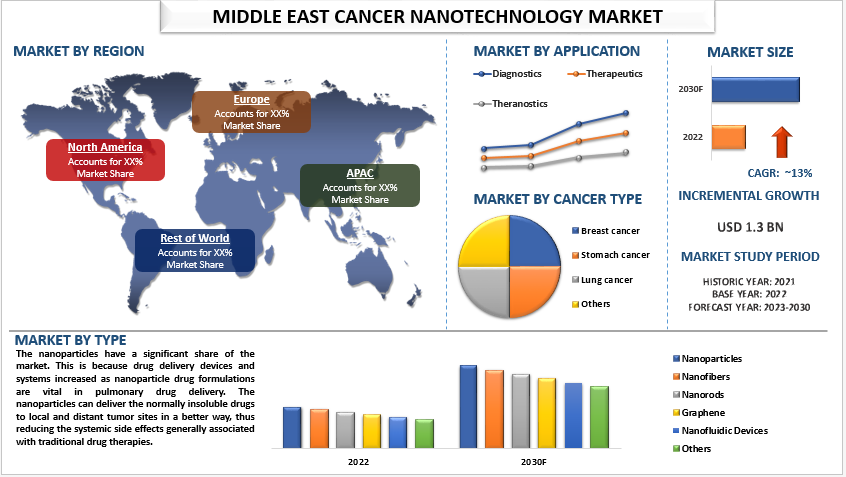The application of nanotechnology in the field of oncology has been transformative, leading to more targeted and effective treatments for cancer. The Middle East has not been immune to these advancements, as countries in the region have been investing in research and development to harness the potential of cancer nanotechnology. This article explores the trends shaping the Middle East's cancer nanotechnology market, focusing on innovations, challenges, and future prospects.
- Advances in Cancer Diagnostics
Nanotechnology has revolutionized cancer diagnostics by enabling the creation of highly sensitive and specific tools for early detection. Biosensors, based on nanomaterials, are capable of identifying cancer biomarkers in blood samples with remarkable precision. This trend is gaining traction in the Middle East, with research institutions and companies collaborating to develop cost-effective and efficient diagnostic tools that can aid in the timely detection of various cancers.
Request To Download Sample of This Strategic Report – https://univdatos.com/get-a-free-sample-form-php/?product_id=46961&utm_source=linkedin&utm_id=him
- Targeted Drug Delivery Systems
Traditional cancer treatments often affect healthy cells alongside cancerous ones, leading to severe side effects. Nanotechnology offers the possibility of targeted drug delivery, where therapeutic agents are encapsulated in nanocarriers that selectively release the drug at the tumor site. This approach reduces systemic toxicity and enhances treatment efficacy. Middle Eastern researchers are actively working on developing novel drug delivery systems that cater to the region's specific needs.
- Personalized Medicine
Personalized medicine is gaining ground in cancer treatment, and nanotechnology plays a crucial role in this paradigm shift. Nanoparticles can be engineered to carry drugs that are tailored to an individual patient's genetic profile, ensuring the treatment is optimized for maximum effectiveness. Middle East countries are increasingly investing in genomics and nanotechnology research to enable personalized cancer therapies.
- Theranostics
Theranostics is an emerging field that combines diagnostics and therapy into a single integrated approach. Nanoparticles can be engineered to both detect cancer and deliver therapeutic agents. This trend has immense potential in the Middle East, where access to healthcare resources can be limited in certain areas. Theranostics could streamline the diagnostic and treatment processes, making healthcare more efficient and accessible.
Conclusion
In conclusion, the Middle East cancer nanotechnology market is witnessing rapid growth and innovation. Advances in diagnostics, targeted drug delivery, personalized medicine, and theranostics are transforming cancer treatment in the region. While challenges exist, the region's commitment to healthcare innovation positions it well for a future where nanotechnology plays a pivotal role in the fight against cancer. According to the UnivDatos Market Insights analysis, the surge in the incidences of diseases and the associated surge in the demand for effective treatment will drive the global scenario of disease diagnosis and as per their “Middle East Cancer Nanotechnology Market” report, the global market was valued at USD 1.3 billion in 2022, growing at a CAGR of 13% during the forecast period from 2023 - 2030 to reach USD XX billion by 2030.

Comments